Russia Remains Hesitant to Use One of Its Best Weapons Against Ukraine
Russia remains hesitant to ramp up the use of one of its most potent weapons in the war on Ukraine as the nation is worried it may result in friendly fire.
The weapon in question is a sophisticated explosive known as a glide bomb, yet Russia appears to lack the finesse to hit targets accurately. Western experts have taken this as a sign that Russia’s air-control systems are not on par with those in the US or NATO.
The War in Ukraine
The Russian invasion of Ukraine has been underway for over two years now, and Putin’s forces show no sign of halting their war efforts anytime soon.
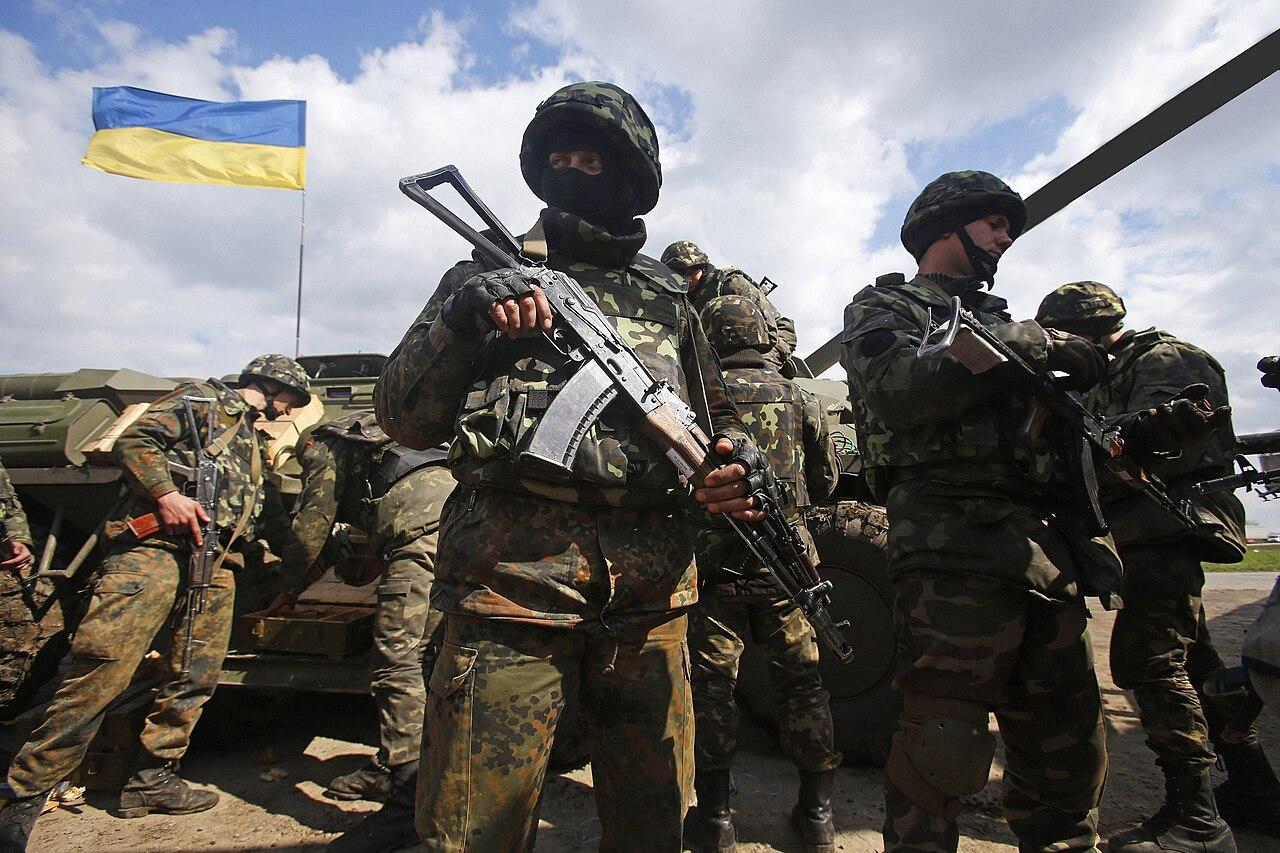
Source: Wikimedia
Recently, Ukrainian forces launched a bold offense into Russia’s western Kursk territory that caught Putin’s forces off guard in an attempt to create a buffer zone for the war.
Moscow Struggles to Retaliate
The Ukrainian offense will surely leave Putin feeling embarrassed, and he would like nothing more than to retaliate viciously to showcase the strength of the Russian Army.
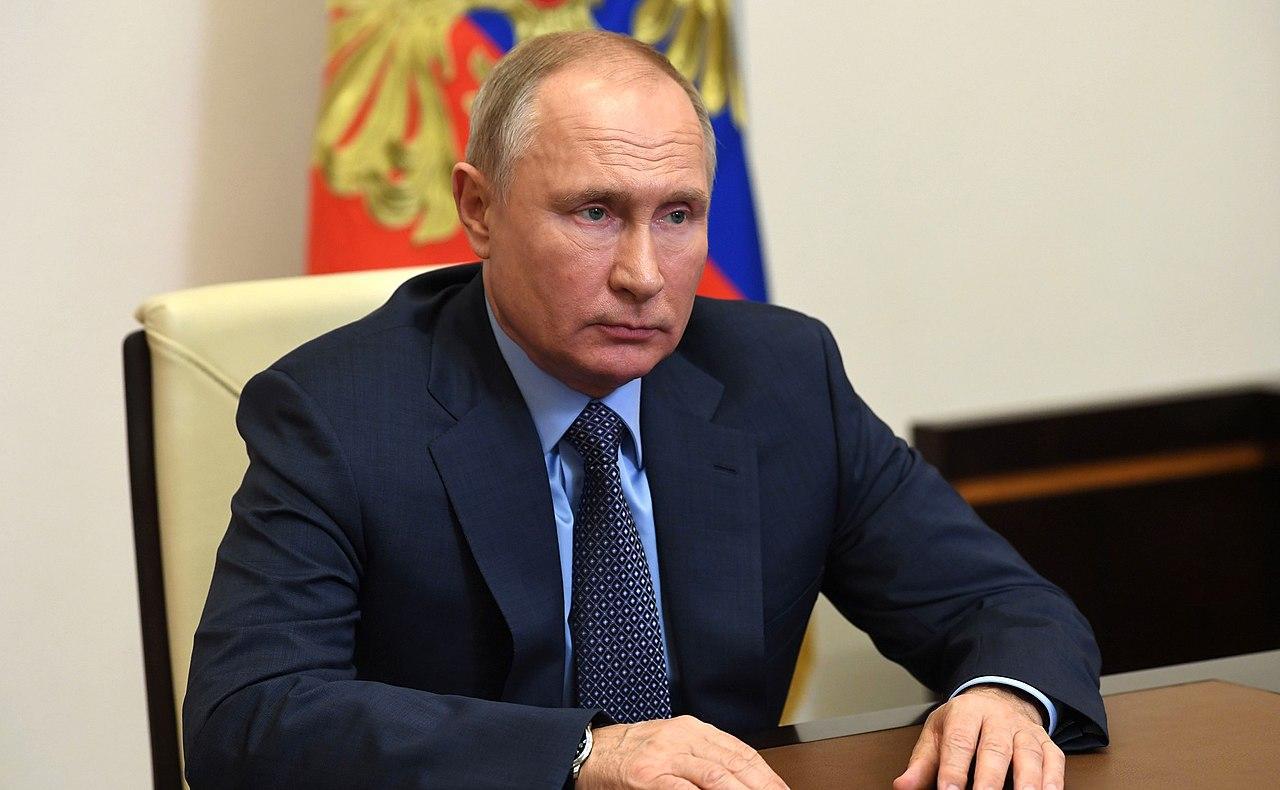
Source: Wikimedia
Yet, Moscow has failed to mount an appropriate response and is reluctant to employ the use of one of their deadliest and most effective weapons, say experts, as they cannot guarantee the glide bombs won’t hit Russians.
Russia Struggles to Use Glide Bombs in Their Own Territory
Throughout the majority of the war, Russia has employed the use of glide bombs during their attacks on Ukrainian territory.

Source: Wikimedia
These bombs are fired from jets using a sophisticated guidance system and can wreak havoc on targets. However, the Russian military has struggled to employ them to the same extent against Ukraine forces in the Kursk region, as they are worried about friendly fire.
Russian Forces Hesitant to Use Heavy Artillery
Mark Cancian, a retired Marine Corps colonel and senior advisor at the Center for Strategic and International Studies, claims Russia has been hesitant to use glide bombs or any kind of heavy air artillery against the Ukraine forces that crossed into Kursk.
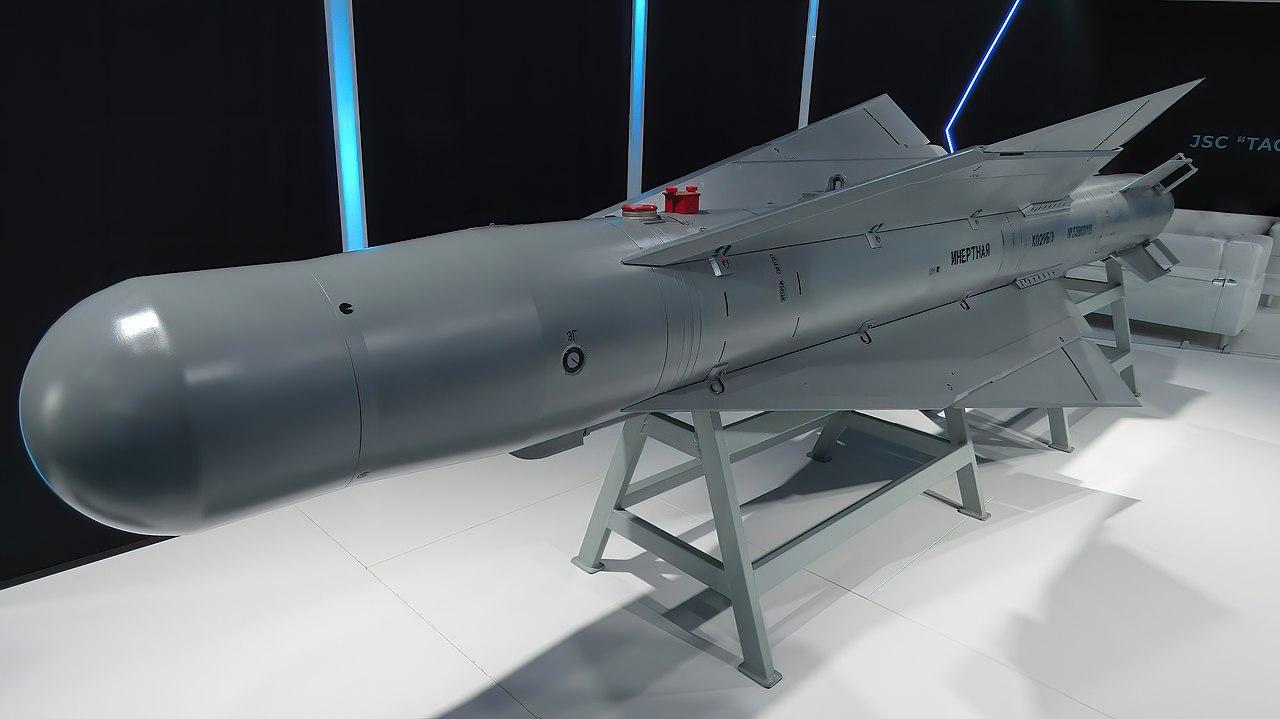
Source: Wikimedia
“I think that’s a reflection of a weak air-control system,” he said.
The US and NATO Have Better Systems, Expert Claims
According to Cancian, the US and NATO “have very sophisticated mechanisms” and a “very elaborate, well-trained system” that ensures their airstrikes seldom result in friendly fire. However, he added, this cannot be said for Russia.
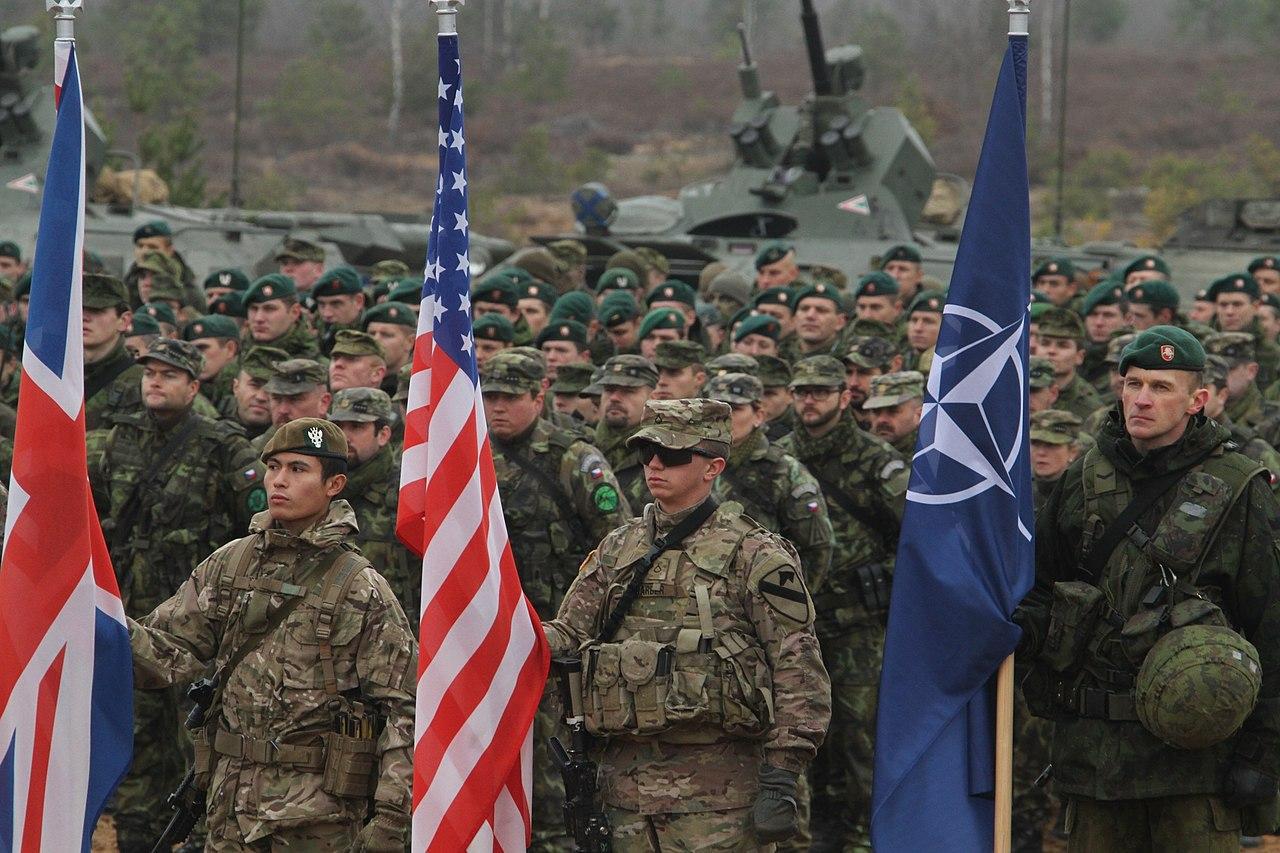
Source: Wikimedia
The United States is “pretty good at it,” but “the Russians are not,” said Cancian.
Caution in Kursk
Cancian explains that the Russian military is able to use heavy glide bombs throughout Ukraine’s territory because the battlefields are static. This allows Putin’s forces to get away with their weak control system, but they’re also less worried about unintended damage.
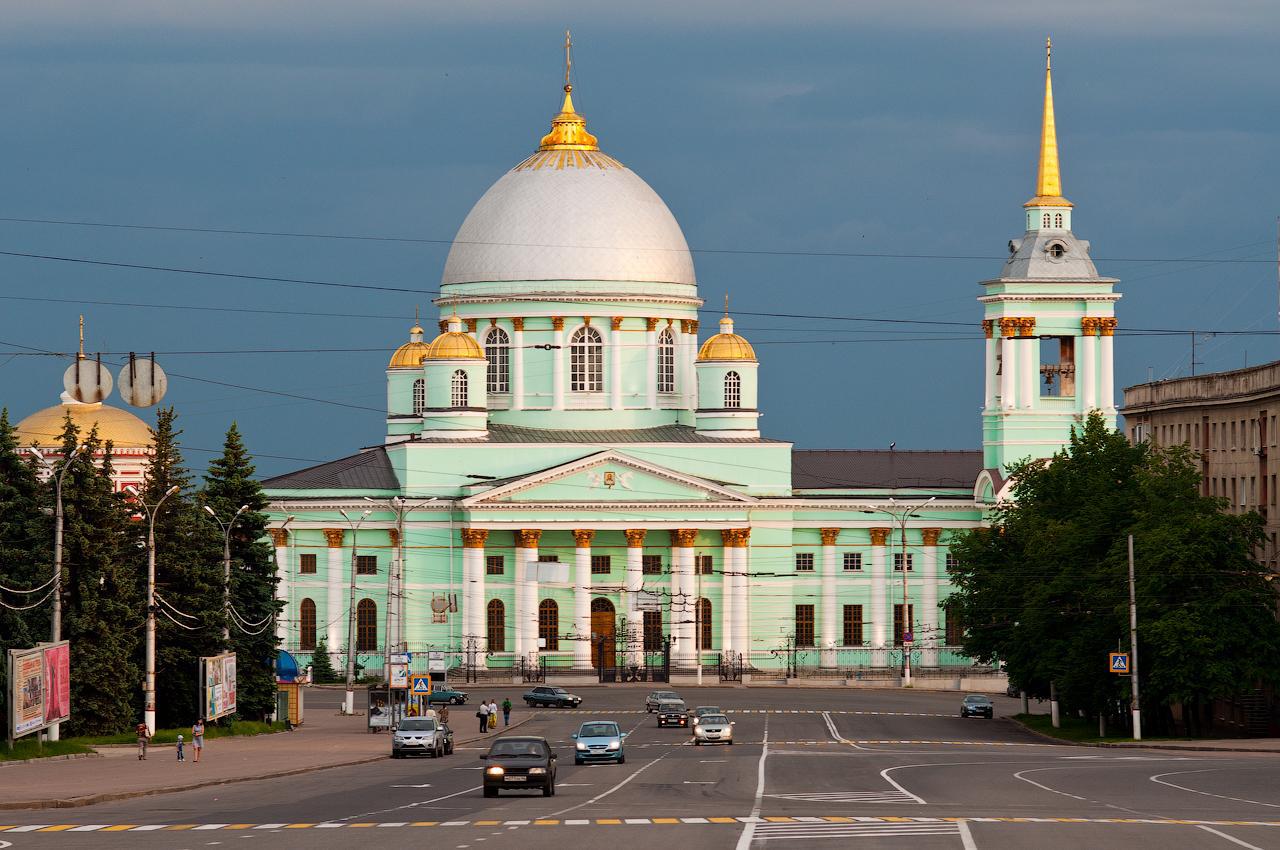
Source: Wikimedia
He added the apparent caution in Kursk “is a reflection of inability, their weakness in using air in support of ground forces.”
Russian Military Drops Over 750 Bombs in One Week
Russia has dropped numerous glide bombs in Kursk. However, it’s significantly less than in other regions. According to Ukrainian officials, Russia has dropped at least 27 glide bombs in the area.
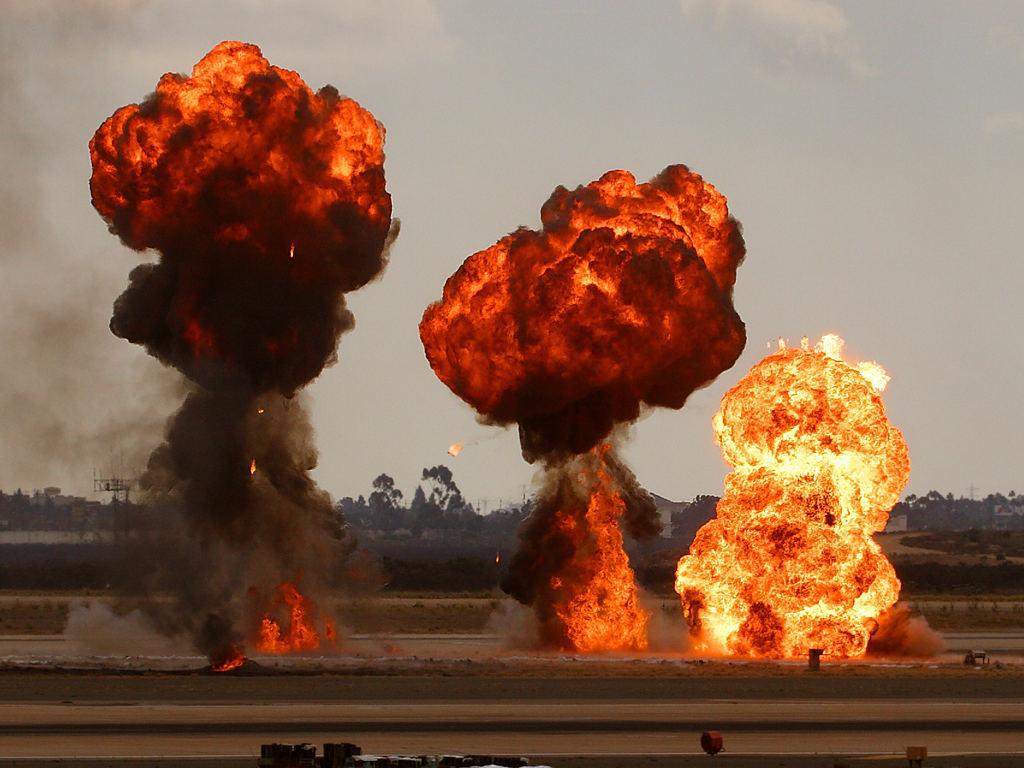
Source: Wikimedia
For comparison, Putin’s forces dropped an estimated 750 glide bombs on cities and villages throughout Ukraine in a single week in August, according to Ukrainian President Volodymyr Zelenskyy.
Putin’s Forces Remain Hesitant to Drop Glide Bombs on Russian Soil
Rajan Menon, a senior research scholar at Columbia University’s Saltzman Institute of War and Peace Studies, explained why the Russians are hesitant to drop as many glide bombs in Kursk.
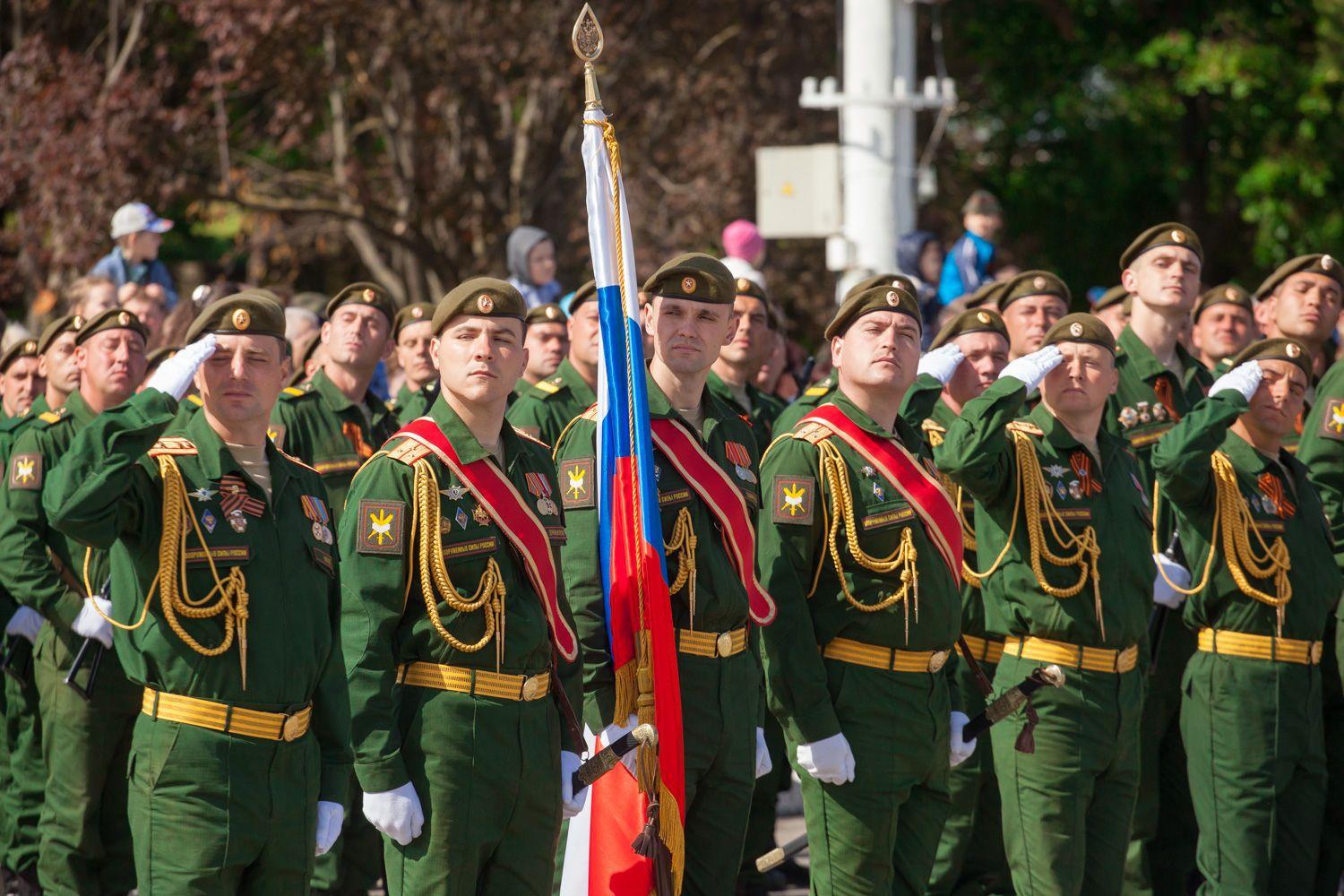
Source: Wikimedia
“The Russians are hamstrung in one way, in the sense that they can’t drop these FAB gliding bombs in Kursk as they have done in parts of Ukraine, especially in the eastern front, because obviously, it’s their own territory,” he said. “They’ll get a lot of people killed, civilians.”
Obliteration of Towns and Villages in Ukraine
Regarding the situation, George Barros, a Russian military expert at the US Institute for the Study of War, claims Russia was not currently using the glider bombs “at scale” in Kursk.

Source: Wikimedia
Putin’s extensive use of the bombs in Ukraine “Completely obliterate entire neighborhoods and towns over the span of just days. The Russians decisively are not doing that in Kursk,” he said.
The Reason Behind Ukraine's Move in Kursk
Ukraine, on the other hand, has begun using glide bombs against Russian forces in Kursk, which Zelenskyy hopes will create a buffer zone that may reduce Russia’s ability to attack Ukraine.
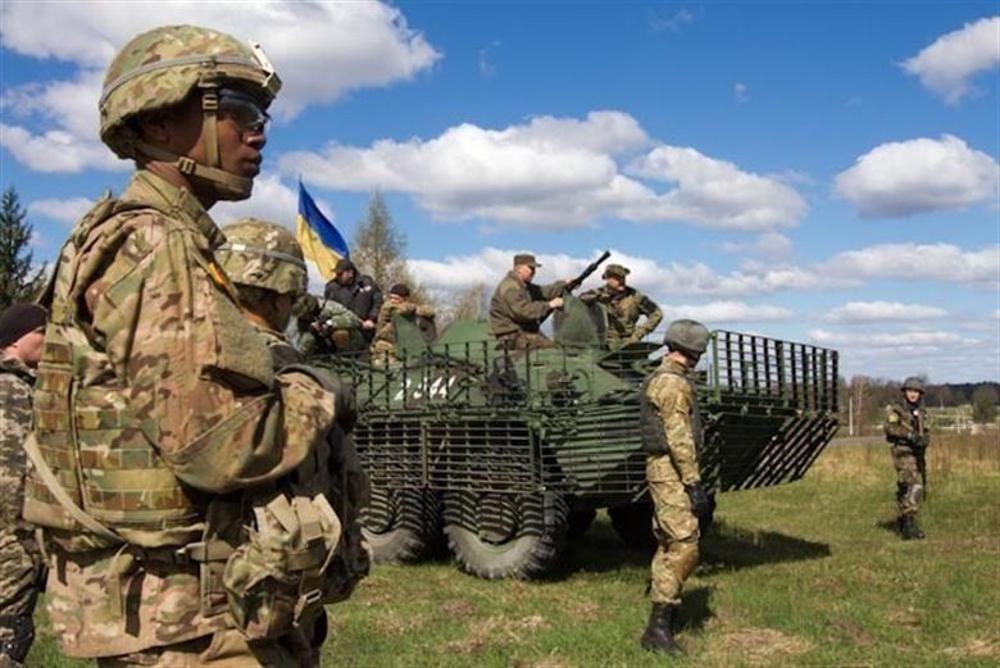
Source: Wikimedia
However, experts suggest the move likely comes as an attempt to motivate Ukraine soldiers as they try to stretch out Russia’s forces.
Ukrainian Forces Are no Longer Stuck in a Rut
Regarding the operation in Kursk, Barros says he’s unsure how it will end. However, it has been a positive move by Ukrainians, who “are no longer stuck in a rut where they no longer have the initiative.”

Source: Wikimedia
“It is now no longer the Ukrainians lying on their back for nine-plus months at a time simply trying their best to triage,” he added.
